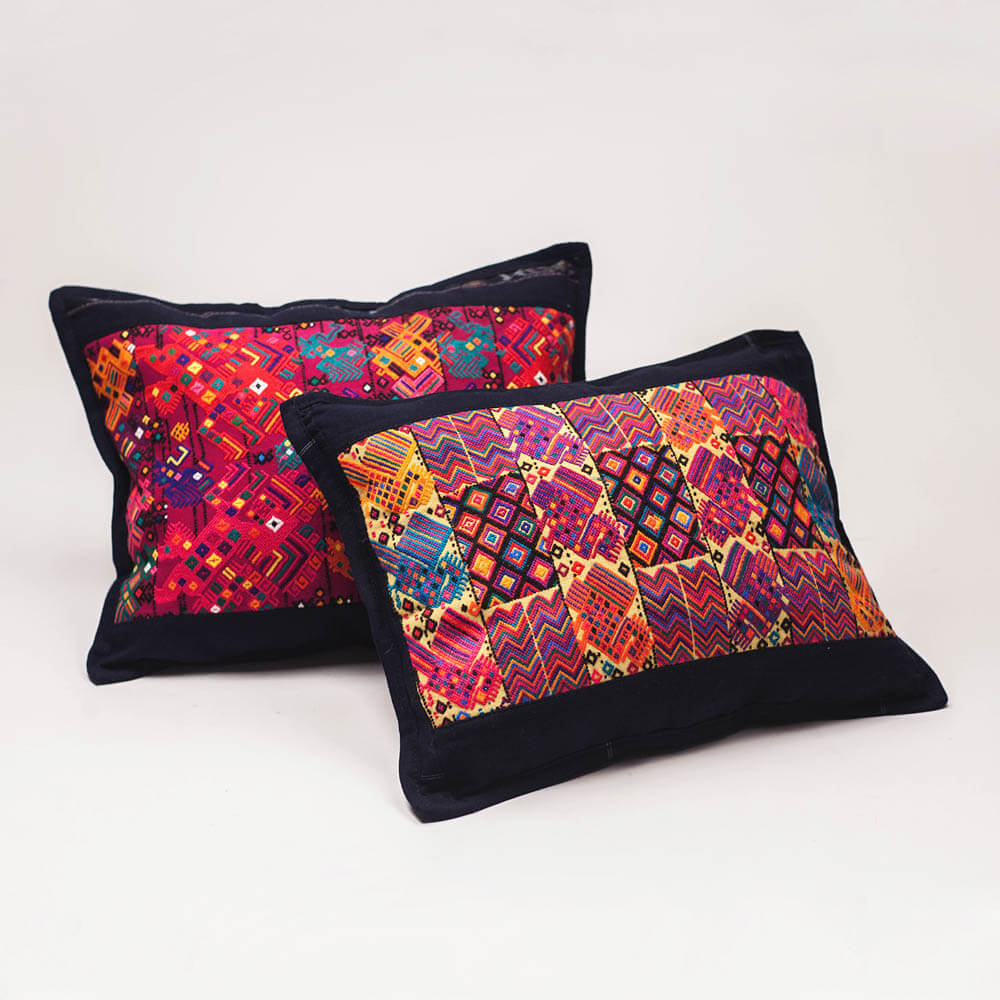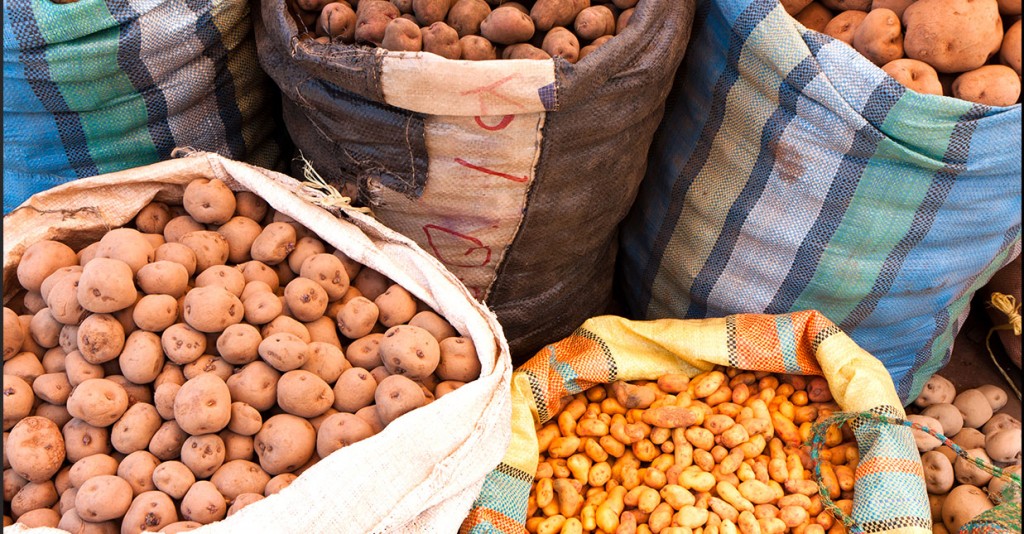Throughout Bolivia, in bustling city and jungled countryside alike, cholas are a common sight. Hawking goods on street corners; working stacked stalls in thrumming marketplaces; pushing handcarts alongside busy roads. On rusty, spluttering buses and in the backs of rumbling trucks, they are icons of the nation.
Chola is a colonial pejorative referring to indigenous women; verbal vestige of an imported regime that discriminated in language, culture, ancestry and gender. For centuries the term effectively demarcated the poor: committing cholas to the streets and rural fringes of Bolivian society, far from the colonial houses and governmental institutions of an urban, colonial elite that relied on their labour.
In the last decade, though, cholas have benefitted from a nationwide reevaluation. Once shunned, they are now embraced; championed as embodiments of Bolivia in media and fashion. What was a discriminatory moniker is now an empowering one; cholas have transcended from pariah to pride of the nation.
Notwithstanding the intricacies of Bolivian class distinction, the principal identifying feature of a chola is her attire which – despite personal, locational and annual variations in taste – has some key, perennial elements. A shawl draped over the shoulders; a high skirt sitting on ruffled petticoat; pendulous jewelry and a bowler hat atop it all.
This outfit is a multicultural composite: a localized combination of global importations, much like the nation that champions it. The European clothes, impositions of colonialism, are reinterpreted in exquisite local fabrics; the finely detailed alpaca shawls are product of generations of Andean textile craft; the glittering jewelry is a hybrid of indigenous and imported tastes. It is the bowler, however, which remains most iconic amongst this ensemble; this, more than anything, distinguishes the chola.
The bowler was popularized by the British working class in the Victorian era; originally designed for gamekeepers, the hat became common fare in the factories and mills of the industrial revolution. The hat’s popularity extended to North America, where it was favored headgear for the frontiersmen of the Wild West. In the twentieth century the bowler upgraded from coach to business class; from Victorian factory workers to bankers in the City of London. Concomitant to this, however, the bowler also took an unexpected turn and became popular in a wholly different place – Bolivia.
Nestled, high and landlocked, in the Central Andes, Bolivia was a vital asset to the Spanish empire; supplying silver to fuel their expansion and boost their economy. The ores, however, lasted longer than the empire they fueled and in the 1920s British workers constructed a railway to transport the metal from mine to market for the fledgling nation.
Accounts tell of how these British laborers received a shipment of bowler hats from their homeland, only to find they were too small for their heads. Not to be out of pocket, the merchants responsible instead marketed them to indigenous women as the latest feminine fashion in Europe. Regardless of the veracity of such stories, the bowler was in Bolivia – and had arrived to stay.
Quickly popularized and integrated to the attire of indigenous women, the bowler found a new life amongst the cholas of the high Andes; a distinguisher for class discrimination and, more recently, an icon of a multicultural postcolonial nation. Unlike its other homes, the bowler is a uniquely feminine accessory in Bolivia.
Arrived by accident but strongly enmeshed in the cultural fabric of the country, the Bolivian bowler embodies a multicultural nation with a multifaceted history and a vibrant present. It tells a story of marginalization and subjugation, but also of emancipation and empowerment; that of a gender, a people and a nation.









leave a comment